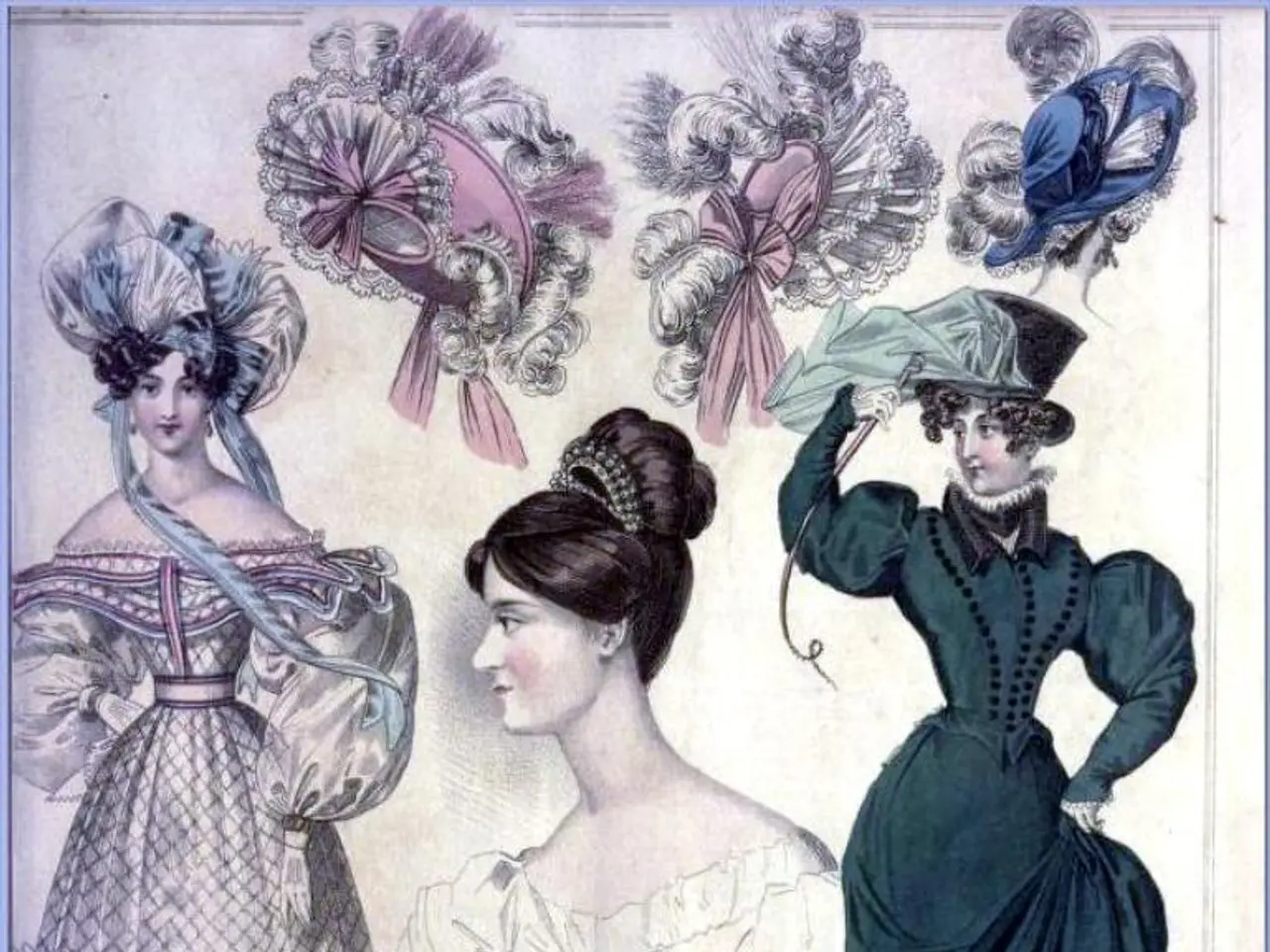Chaotic malfunctions and profound feelings of affection
In the realm of contemporary art, a fascinating movement is emerging that draws parallels between digital code and traditional textile techniques, aiming to reimagine the binary system inherent in digital technology. This exploration can be seen in the exhibition 'Unweaving the Binary Code', co-curated by Stefanie Hessler and Katrine Elise Agpalza Pedersen at Kunsthall Trondheim, which forms part of the Hannah Ryggen Trienalle.
One noteworthy work is Ioana Vreme Moser's 'Mineral Amnesia'. This piece reflects on the impermanence of digital memory stored in erasable programmable silicon chips (EPROMs). By sonically and visually presenting the decay of stored data when EPROMs are exposed to ultraviolet light, Moser metaphorically challenges the assumed permanence and binary reliability of digital code, as it fades into noise and silence.
The 'Offline' exhibition by SuperRare similarly interrogates rigid binaries, such as digital vs. physical art, by showcasing works that fuse generative code with hand-crafted elements. By merging these traditionally binary categories, the artworks reject simple digital/physical distinctions and create nuanced hybrids, aligning with Ada Lovelace’s visionary ideas on programming as creative expression beyond rigid computational binaries.
Interdisciplinary artist Sue Beyer engages with binary code within her explorations of place and space, embodying an artistic inquiry into how digital coding structures relate to physical and conceptual environments. Her work underscores a thematic focus on the binary foundations of digital logic and their potential to be reinterpreted or transcended.
Exhibitions like 'Silicon-based: New Creator' at Tang Contemporary Art further explore the fusion and disruption of binaries through AI-driven creative practices that question conventional cognitive and existential dualisms.
These examples collectively show how contemporary digital artworks inspired by historic computational thought and textile metaphors challenge and reimagine the binary system inherent in digital code — revealing it as a dynamic, intertwined fabric rather than a fixed dichotomy. They use materials, sound, code, and hybrid media to materially and conceptually expand beyond binary oppositions.
The exhibition included a diverse array of artists, such as Mercedes Azpilicueta, Charlotte Johannesson, Ann Lislegaard, Tabitha Nikolai, Allison Parrish, Thania Petersen, Pearla Pigao, Hannah Ryggen, Marilou Schultz, Danielle Brathwaite-Shirley, Himali Singh Soin, and Vaimaila Urale.
The historical context of the textile industry is also reflected in the exhibition. For instance, the mechanization of labor in the 19th century was perceived as a threat to masculine identity, leading to the emergence of the Luddites, a secret organization of English textile workers who destroyed machinery out of fear of their labor being replaced.
In the realm of art, Hannah Ryggen, a Norwegian artist, questioned the divide between art and craft and considered her tapestries to bridge the gap between the two. Meanwhile, Ada Lovelace's work was inspired by the Jacquard loom, a weaving machine that used punch cards to create intricate patterns, leading her to develop the first computer program in 1842-43.
Other artists, such as Thania Petersen and Vaimaila Urale, are combining traditional textile techniques with digital phenomena in their work. Petersen's tapestry 'Al Hurra' appears to be dissolving or burning at the bottom, and celebrates women who defy categorizations. Urale creates large-scale textile works that explore storytelling by fusing precolonial Samoan art forms with ASCII code.
Moreover, artists like Danielle Brathwaite-Shirley and Himali Singh Soin are glitching gender binaries while centering on Black trans identities and exploring the soundwaves of ice crystals, respectively, to connect the forces of globalization with climate change.
In conclusion, the artworks exhibited in 'Unweaving the Binary Code' serve as a testament to the power of art in challenging binary systems and reimagining digital technology as a dynamic, intertwined fabric rather than a fixed dichotomy. They use materials, sound, code, and hybrid media to materially and conceptually expand beyond binary oppositions, echoing the innovative spirit of Ada Lovelace and the metaphorical richness of textile techniques.
[1] Ioana Vreme Moser, 'Mineral Amnesia'. [2] SuperRare, 'Offline' exhibition. [3] Sue Beyer, unspecified work. [4] 'Silicon-based: New Creator' exhibition at Tang Contemporary Art.
- Science and artificial intelligence are both explored in Ioana Vreme Moser's 'Mineral Amnesia', a work that sonically and visually presents the decay of stored data in erasable programmable silicon chips, metaphorically challenging the perceived permanence and binary reliability of digital code.
- The 'Offline' exhibition by SuperRare pushes the boundaries of technology by showcasing works that fuse generative code with hand-crafted elements, aligning with Ada Lovelace’s visionary ideas on programming as creative expression, and rejecting simple digital/physical distinctions.




